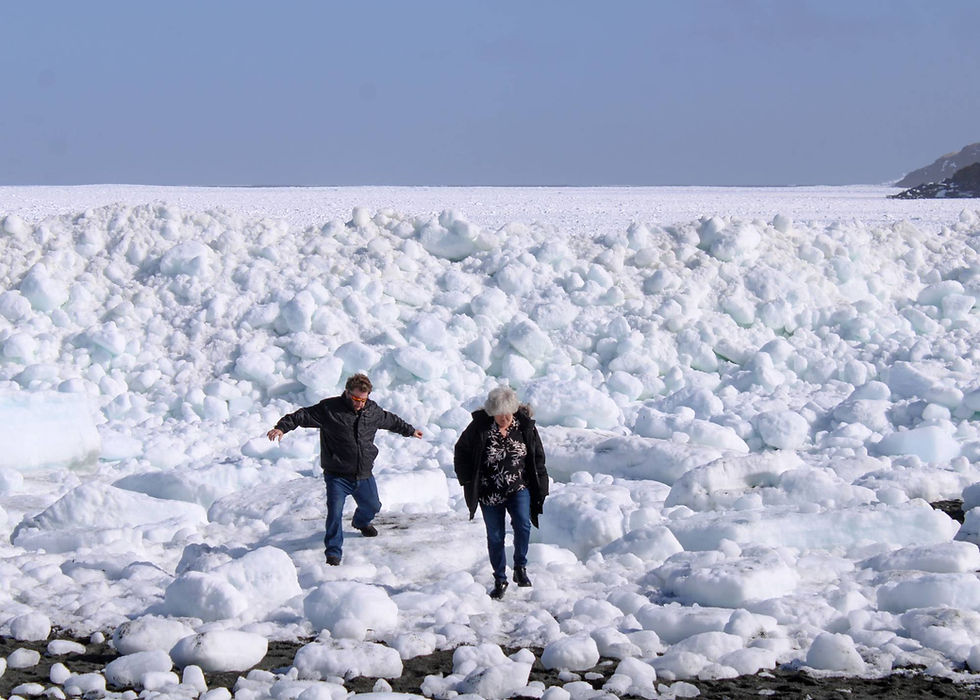- Sandra Murray

- Feb 9, 2023
- 2 min read
Updated: Feb 17, 2023
Signal Hill: Military Importance
Even before confederation, Newfoundland's geographic location along North America's eastern border enabled it to play an important role in the military defense of both Canada and the United States. During WW2, both countries positioned troops at vital locations along Newfoundland's coastline, including Signal Hill and Cape Spear, to defend against naval attack. Both locations operated cooperatively to strengthen the continent's eastern border.

Cape Spear, being further up the coast than Signal Hill, would be the first to see advancing enemy ships. The flagman at Cape Spear would communicate (perhaps by flag messages and radio transmissions) with the flagman at Signal Hill to give advance notice of the approaching ships.

Mounted guns positioned along the clifftops of Signal Hill were used by experienced gunners to help protect the island from naval attack and access to land.

All ships that enter St. John's must do so by passing through "The Narrows", an extremely challenging area to navigate because of the narrow perimeter and shallow water. Its lowest depth is only 11 meters and narrowest point 61 meters. To further guard against offensive German U-boat attack during WW2, steel netting was draped underwater across the narrows. The arrow in the photo below shows the boundaries through which ships would have navigate to prevent from grounding.









The guns of war have laid silenced for over 75 years but memories of their role in defending North America's coast remains ever-present. Signal Hill has been designated a national historic site and is a popular tourist attraction for visitors who wish to get a glimpse of the military history and to appreciate the amazing coastal views. For those who wish to learn more, please visit the Signal Hill information centre.

Please continue to follow my blog as I showcase more amazing tourist attractions in eastern Newfoundland.



Comments